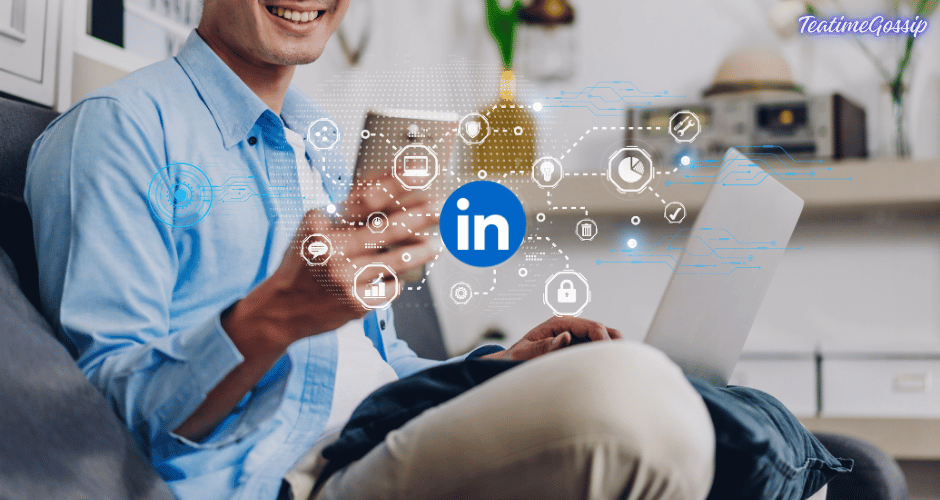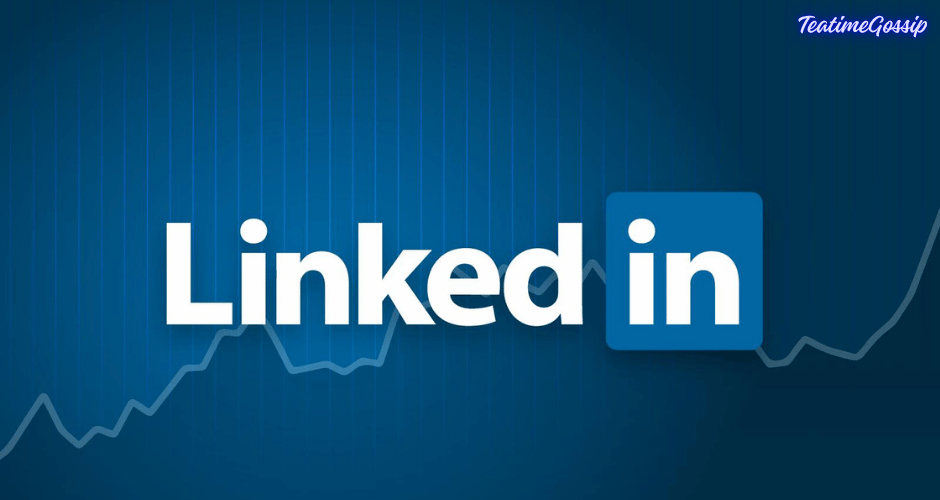The Rise of LinkedIn: Revolutionizing Professional Networking

In today’s digital age, professional networking has undergone a significant transformation, largely due to the advent of platforms like LinkedIn. Launched on May 5, 2003, LinkedIn has become the world’s largest professional network, connecting millions of professionals across various industries. This article explores the journey of LinkedIn, from its inception to its current status as a vital tool for career development and business growth.
The Birth of LinkedIn
LinkedIn was founded in December 2002 by Reid Hoffman, along with a team of visionary co-founders: Allen Blue, Konstantin Guericke, Eric Ly, and Jean-Luc Vaillant. Reid Hoffman, a former executive at PayPal, identified a gap in the market for a platform that could facilitate professional connections and career growth. His vision was to create a space where professionals could network, share ideas, and explore new opportunities.
Early Days and Growth
The official launch of LinkedIn in May 2003 marked the beginning of a new era in professional networking. Initially, growth was modest, with the platform reaching 500,000 users by the end of its first year. However, as word spread about the benefits of online professional networking, the user base began to expand rapidly.

One of the key factors contributing to LinkedIn’s growth was its ability to evolve and introduce features that catered to the needs of professionals. Early on, LinkedIn introduced the concept of connections, allowing users to build and maintain their professional networks. This was followed by the launch of industry-specific groups, which provided a platform for like-minded professionals to engage in discussions and share insights.
Key Features and Innovations
LinkedIn’s success can be attributed to its continuous innovation and introduction of new features that enhance user experience. Some of the notable features include:
- Profile Creation: LinkedIn allows users to create detailed professional profiles, showcasing their skills, experiences, and accomplishments. This serves as a digital resume, making it easier for recruiters and employers to find potential candidates.
- Endorsements and Recommendations: Users can endorse each other’s skills and write recommendations, adding credibility to their profiles. This feature has become a valuable tool for building professional reputation and trust.
- Job Listings and Applications: LinkedIn has revolutionized the job search process by providing a platform where companies can post job openings and users can apply directly. This has streamlined the recruitment process, making it more efficient for both employers and job seekers.
- Content Publishing: LinkedIn’s publishing platform allows users to share articles, insights, and industry news. This has transformed LinkedIn into a hub for professional content, where users can establish themselves as thought leaders in their respective fields.
Global Expansion and Acquisition
LinkedIn’s growth has been phenomenal, expanding its user base to hundreds of millions of professionals worldwide. The platform’s global reach has made it an essential tool for businesses looking to expand their networks and tap into new markets.
In 2011, LinkedIn went public, further solidifying its position in the market. The company’s IPO was a significant milestone, highlighting its potential for sustained growth and innovation. In 2016, Microsoft acquired LinkedIn for $26.2 billion, marking one of the largest tech acquisitions in history. This acquisition has enabled deeper integration with Microsoft’s suite of products, enhancing the overall user experience.
Impact on Professional Networking
LinkedIn has had a profound impact on the way professionals network and develop their careers. It has democratized access to opportunities, allowing individuals from diverse backgrounds to connect and collaborate. For businesses, LinkedIn has become a powerful tool for branding, recruitment, and business development.
The platform’s emphasis on professional connections and content sharing has also fostered a culture of continuous learning and development. Professionals can stay updated on industry trends, participate in discussions, and access resources that contribute to their growth.

The Future of LinkedIn
As LinkedIn continues to evolve, its focus remains on enhancing the user experience and providing value to professionals worldwide. With advancements in artificial intelligence and data analytics, LinkedIn is poised to offer even more personalized and relevant experiences to its users.
In conclusion, LinkedIn’s journey from a nascent startup to a global professional network is a testament to its innovative spirit and commitment to empowering professionals. It has transformed the way we connect, collaborate, and grow in our careers, making it an indispensable tool in the modern professional landscape.